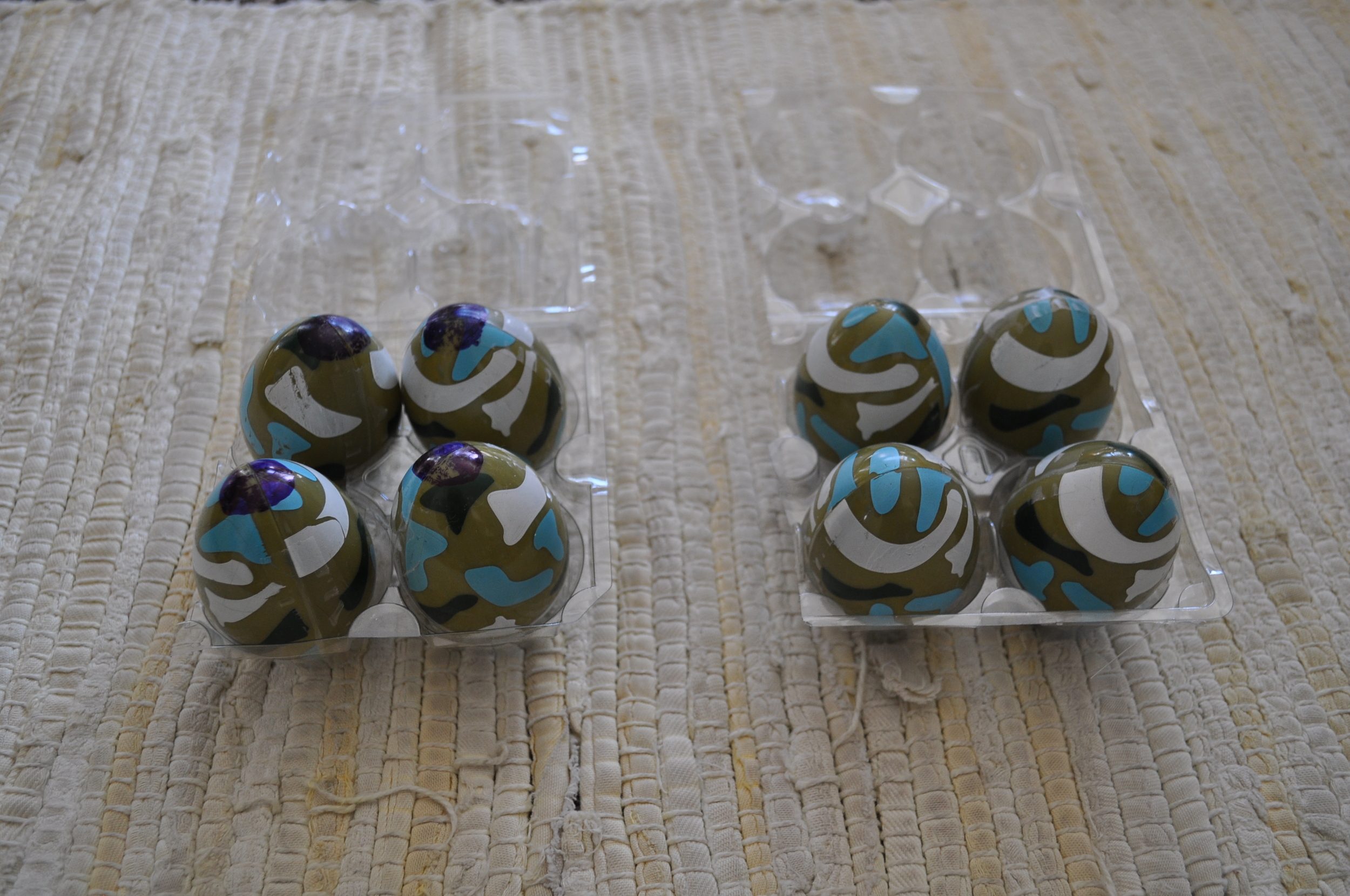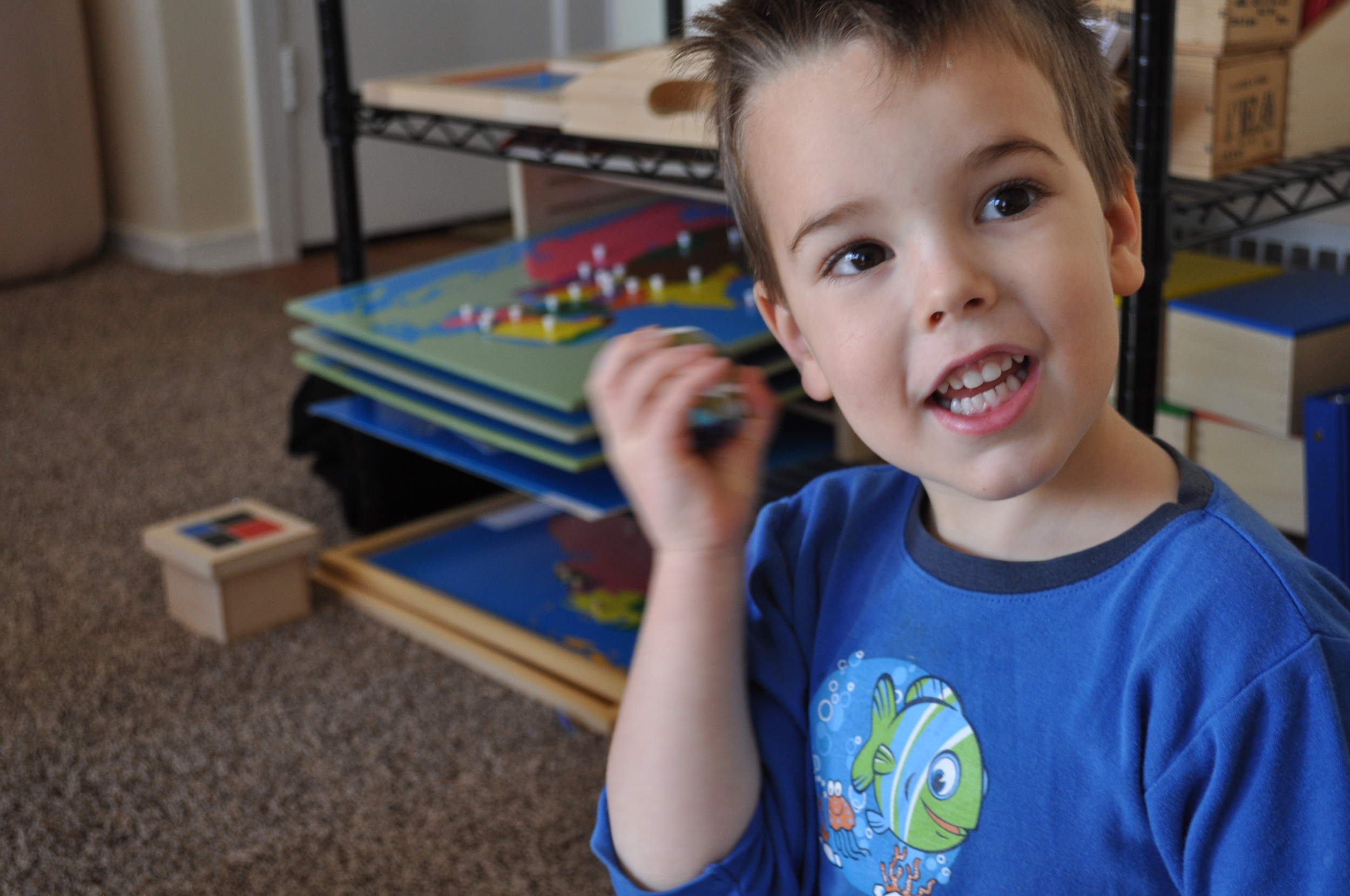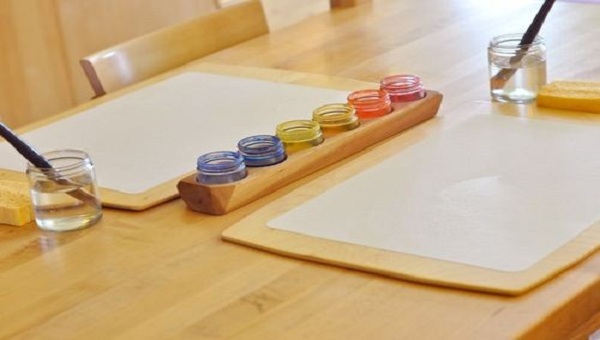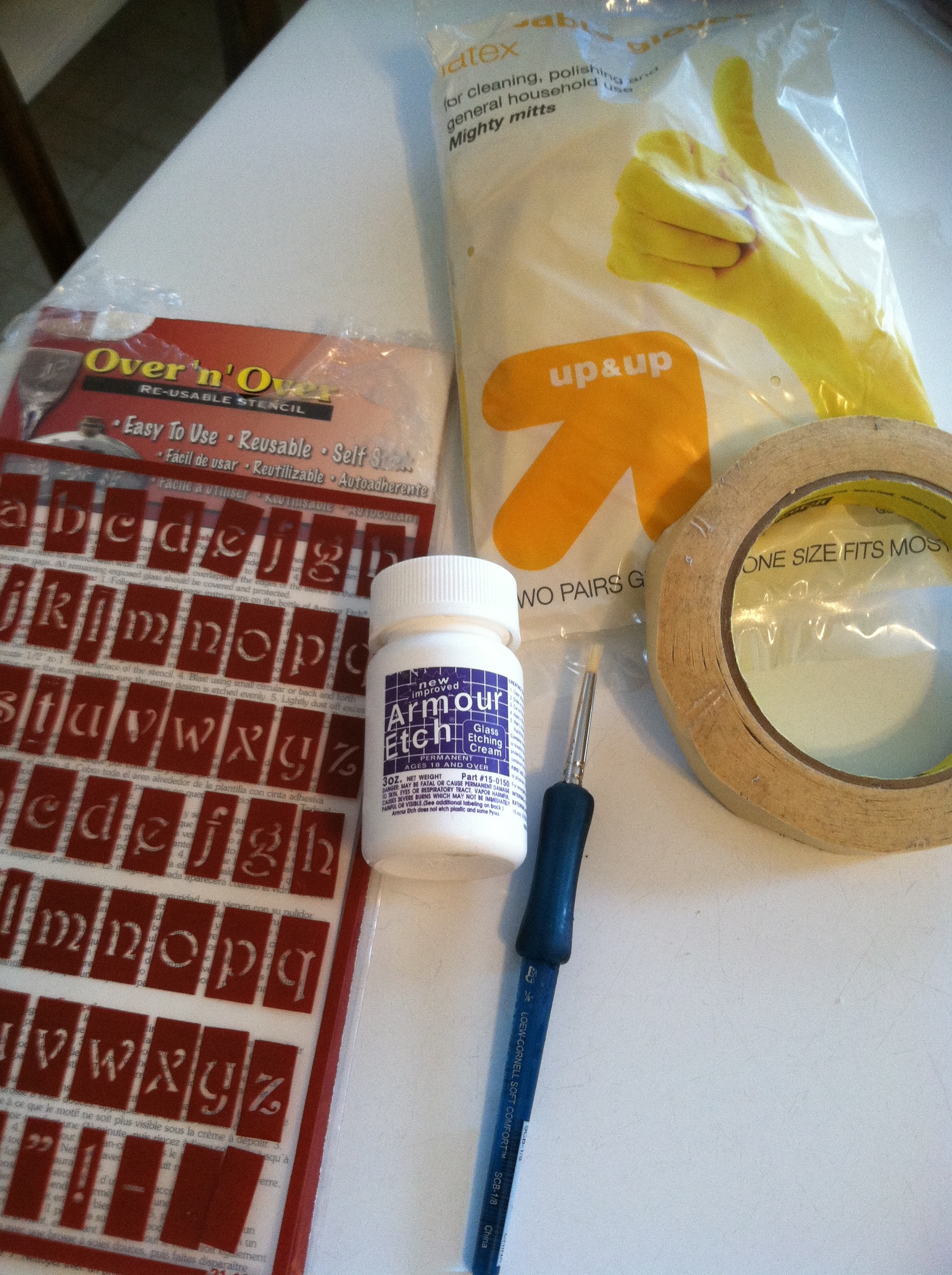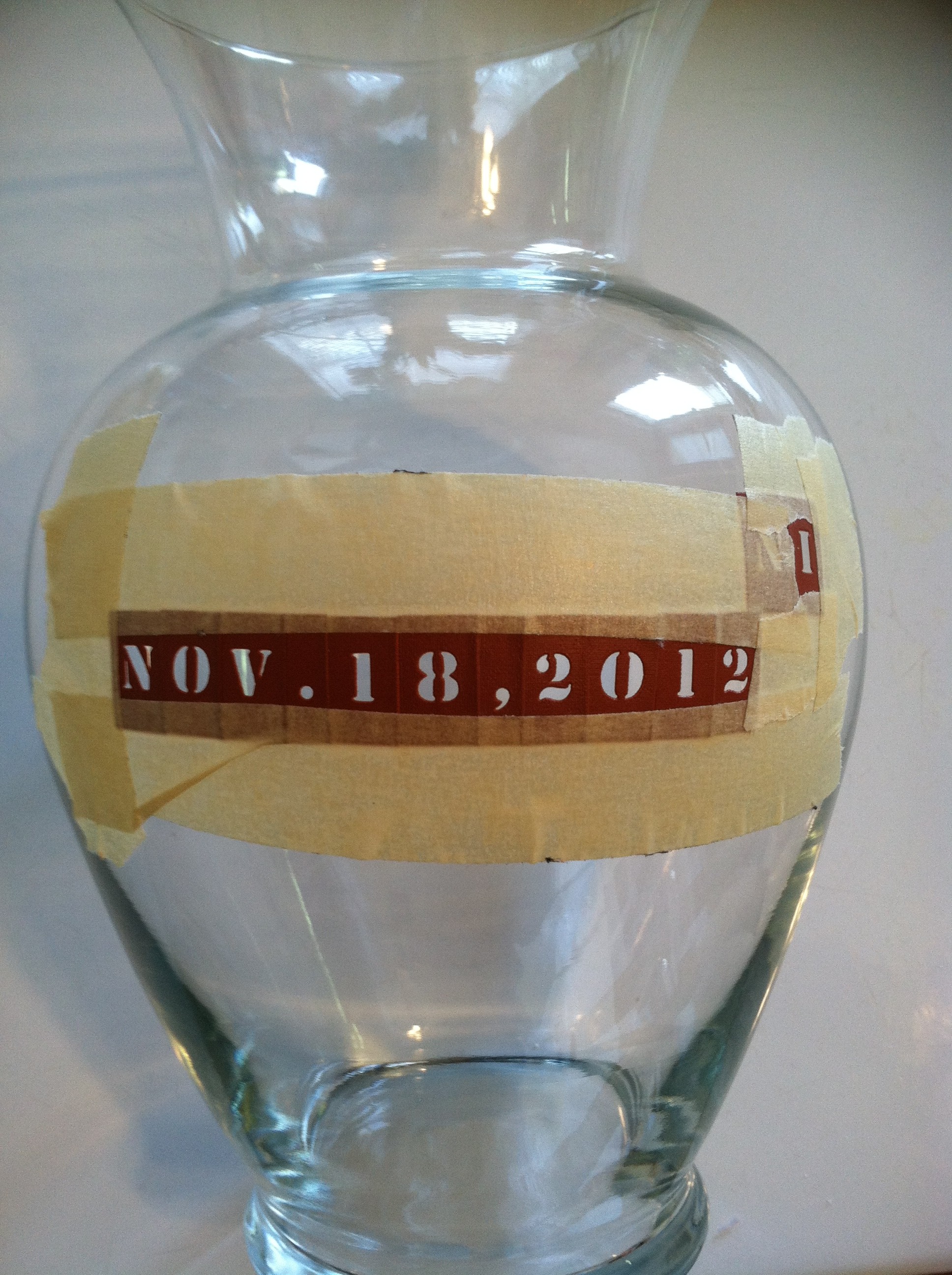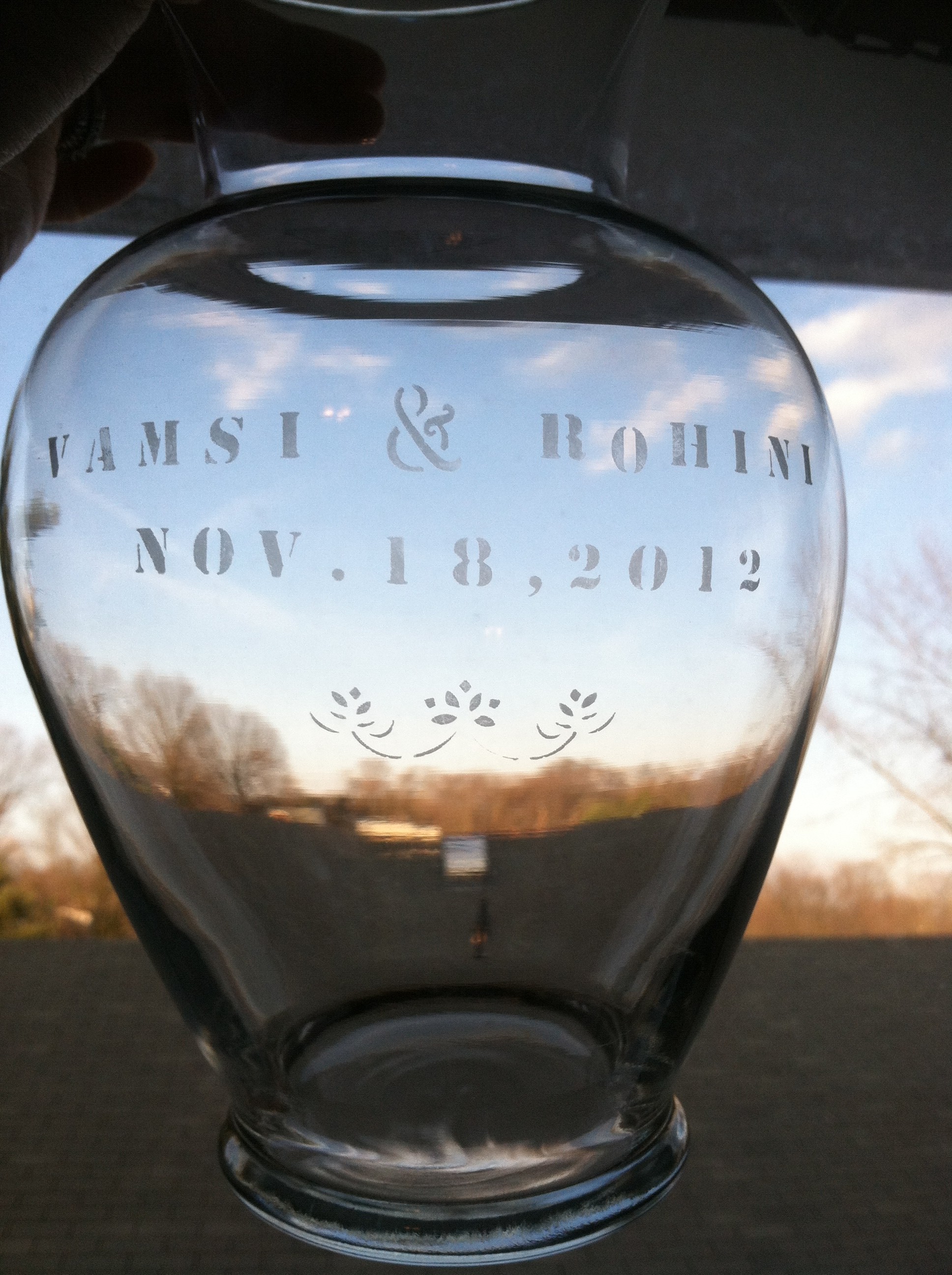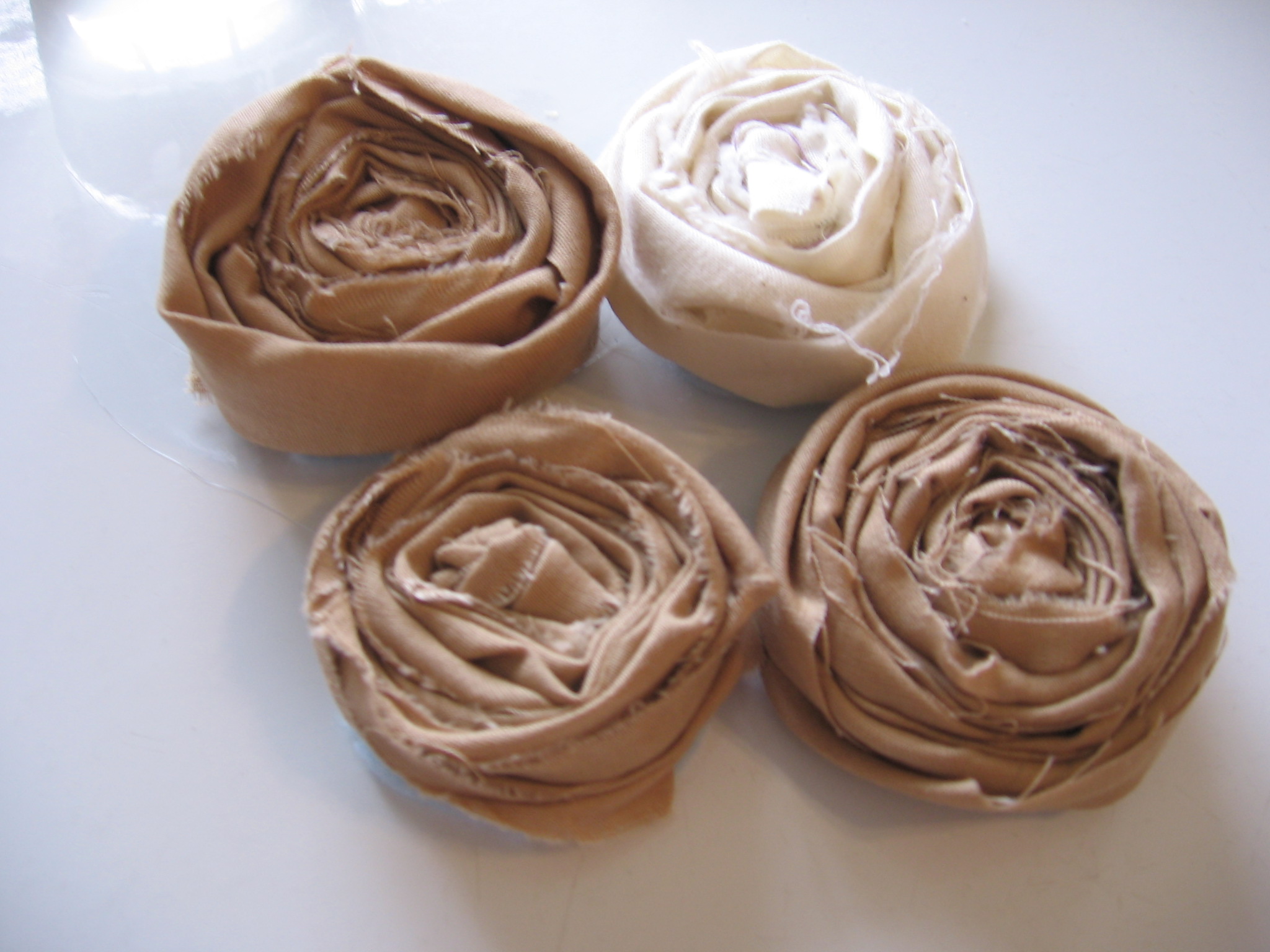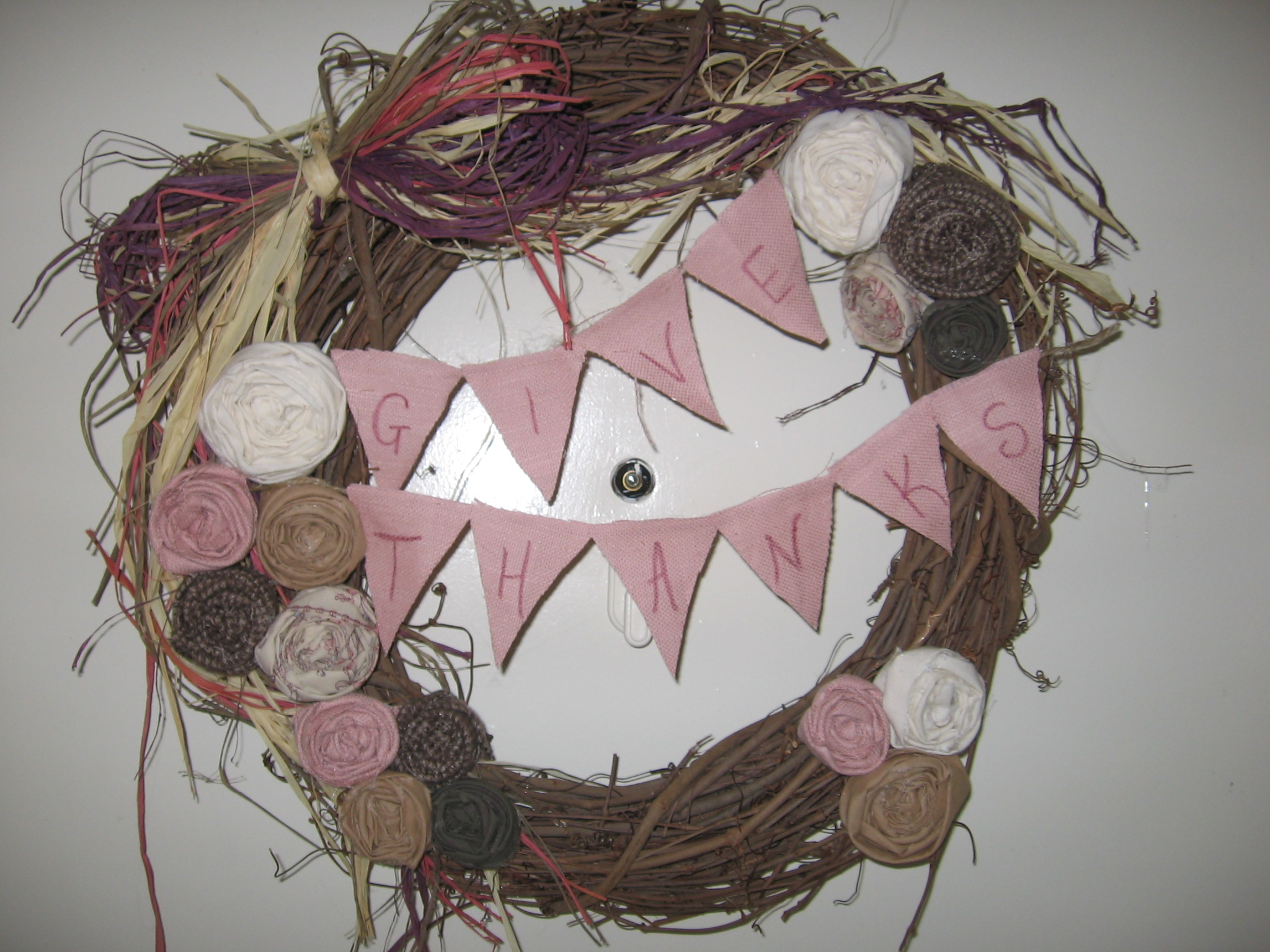The sound cylinders are a very fun sensorial activity. The purpose is to refine the sense of hearing and to teach vocabulary such as “loud,” “soft,” “loudest,” “louder,” etc. Traditionally the activity consists of twelve wooden cylinders, six with red tops and six with blue tops. Each set is filled with six different fillings that each makes a different sound, such that there are six matching pairs.
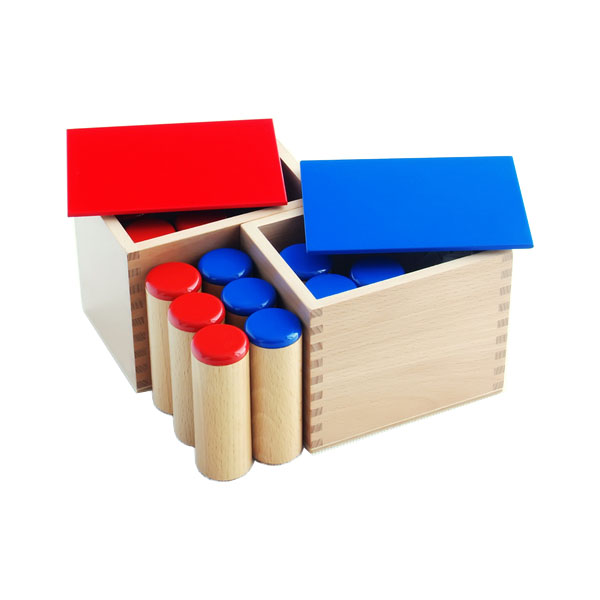
Sound cylinders are very easy to make. You just need twelve opaque containers with lids. Film canisters come to mind, but are harder to come by these days. I used Easter eggs for mine. They are easy to find at the right time of year and pretty cheap. I was a bit desperate to make them when I did and the only eggs I could find that were matching and in sufficient quantity were camo. A little bit distracting, but not too bad. To simplify the activity a bit, I only made four "cylinders" per set instead of six. To distinguish the two sets, I drew purple circles on one end of the egg with a permanent marker. Not my proudest DIY moment, but they work for us. I’m sure you can figure out something more sophisticated! We use egg cartons cut down to size to store them.
I then filled the eggs with four different fillings. My “loudest” filling is dried beans. My softest filling is salt. The two in the middle were some type of grains I had in my pantry. The exact filling doesn’t matter, you just need them to make four different sounds from loud to soft. You could use rocks, dirt, sand, coins, beads—whatever you can find in your house.
To present the activity, take both groups of cylinders to a table or rug (when doing work on the floor, Montessori uses a rug to define the work space for the child). Place both sets next to each other. Take a cylinder from group one and shake it next to your ear. Do the same thing with the other three in that group. Let your child do the same. Take the loudest cylinder and shake it again. Then grab one of the cylinders from group two with your other hand and shake it. If they don’t match, put the group two cylinder back and try a different one. Go through all of group two until you find the one that matches. Set the pair aside and match the remaining three using the same procedure. Encourage your child to repeat the activity.
Once your child has had some experience doing the first activity, you can do some extensions. You can teach vocabulary using the three period lesson and also grade the cylinders from loudest to softest. You can play different memory games by putting the groups on different rugs/tables with a little distance between them. You can ask the child to find a cylinder that is louder or softer than a specific cylinder. You can also do the activity blindfolded!
This is one of my favorite sensorial activities. I hope you and your child enjoy it, too!


